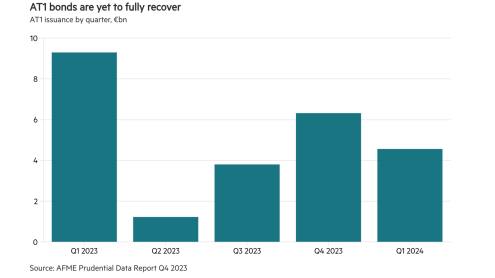In April, Greece set out ambitious plans to boost its economy through large-scale investments in green transition, digital transformation, and social cohesion and employment programmes, as well as via economic reform and attracting increased private investment.
The Greek Economic Recovery Plan, known as 'Greece 2.0', will include investments into green energy, 5G network corridors on Greek highways, the digitisation of companies, roads, tourism and interactive learning, and has been hailed by prime minister Kyriakos Mitsotakis as the way to make Greece’s economy “competitive and outward-looking”.
The plan aims to increase Greek gross domestic product (GDP) by 7% and to create 180,000 jobs by 2026.
Greece, along with other EU member states, has submitted its plans to the European Commission (EC) and is awaiting approval to access €31bn from the EU’s post-pandemic economic recovery fund. It will also seek an additional further €27bn in private investment from banks and investors to execute the plan.
The efforts mark a continuation of Greece’s long road to economic recovery. In 2018, it exited the International Monetary Fund, European Central Bank and EC’s rescue plan, which forced the country to cut spending and increase taxes for eight years in exchange for funding to avert the country’s sovereign debt crisis. More recently, Greece — which relies on tourism for about a fifth of its GDP — has been hard hit by the pandemic.
To facilitate the country’s growth, Greek banks will first need to reduce the burden of their longstanding non-performing loan (NPL) issues to enable greater levels of lending.
In the lending arena there is considerable scope for improvement, as loans and advances at all four of Greece’s largest banks have shrunk or remained largely flat for the past seven years.
However, despite years of efforts aimed at reduction, NPLs still remain a problem, accounting for 30.2% of Greece’s total commercial bank loans, compared with an EU average of just 2.6%. The stock of NPLs had reduced by €60bn compared with a peak in March 2016, but this was mostly achieved through loan sales and write-offs.
The Hercules Asset Protection Scheme, encouraging banks to securitise bad debt, is due to be completed in 2021, with the NPL ratio expected to drop to 25%.
Significant amounts of bad loan disposals have enabled National Bank of Greece (NBG) and Eurobank Ergasias to significantly clean up their balance sheets, with NBG successfully bringing its NPL ratio down to single digits — numbers it has not seen since 2011. Fokion Karavias, chief executive of Eurobank, has said he is expecting a net inflow of €900m in bad loans for the full year, according to S&P Global Market Intelligence.











